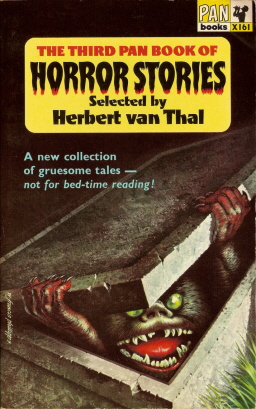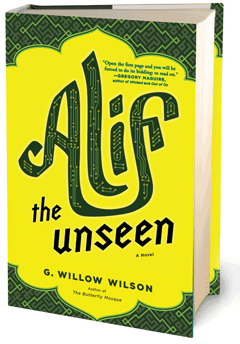Vintage Treasures: Henry Kuttner’s “The Graveyard Rats”
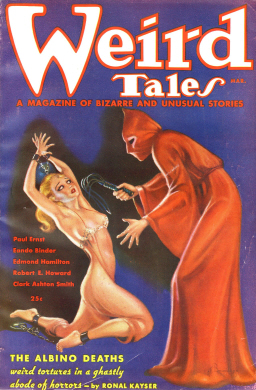 This is the latest of my short fiction reviews, following my recent reports on Howard Waldrop’s “The Ugly Chickens,” George R.R. Martin’s “Nightflyers,” and others.
This is the latest of my short fiction reviews, following my recent reports on Howard Waldrop’s “The Ugly Chickens,” George R.R. Martin’s “Nightflyers,” and others.
In honor of the recent release of the massive Henry Kuttner collection, Thunder in the Void, I thought I’d talk about Kuttner’s first published story, “The Graveyard Rats,” which appeared in the March 1936 Weird Tales — alongside The Hour of the Dragon by Robert E. Howard, Edmond Hamilton’s “In the World’s Dusk,” Clark Ashton Smith’s “The Black Abbot of Puthuum,” and “The Crystal Curse” by Eando Binder.
Quite auspicious company! I found echoes of both Howard and Lovecraft in the opening paragraphs. Here, see what you think:
Masson… recalled certain vaguely disturbing legends he had heard since coming to ancient, witch-haunted Salem — tales of a moribund, inhuman life that was said to exist in forgotten burrows in the earth. The old days, when Cotton Mather had hunted down the evil cults that worshipped Hecate and the dark Magna Mater in frightful orgies, had passed; but dark gabled houses still leaned perilously towards each other over narrow cobbled streets, and blasphemous secrets and mysteries were said to be hidden in subterranean cellars and caverns, where forgotten pagan rites were still celebrated in defiance of law and sanity. Wagging their grey heads wisely, the elders declared that there were worse things than rats and maggots crawling in the unhallowed earth of the ancient Salem cemeteries.
And then, too, there was this curious dread of the rats. Masson… had heard vague rumours of ghoulish beings that dwelt far underground, and that had the power of commanding the rats, marshalling them like horrible armies. The rats, the old men whispered, were messengers between this world and the grim and ancient caverns far below Salem. Bodies had been stolen from graves for nocturnal subterranean feasts, they said.
What a great opening. I especially enjoyed the promise of a tale of eldritch and powerful subterranean evils… although truthfully, he had me at “frightful orgies.”
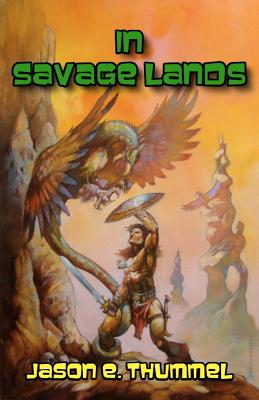
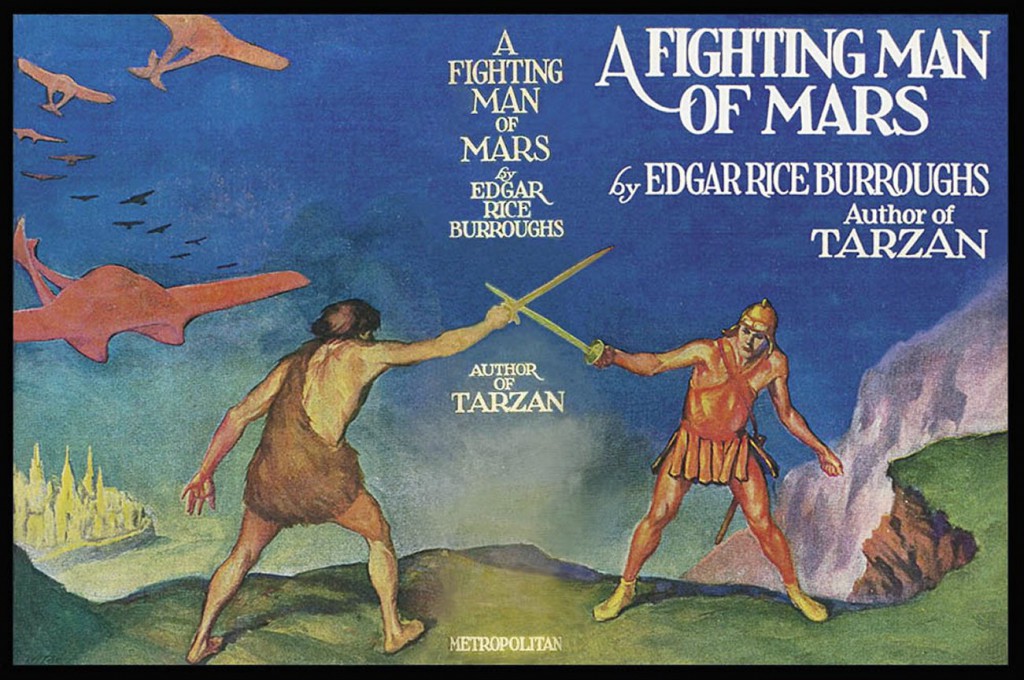 Back on Mars already?
Back on Mars already?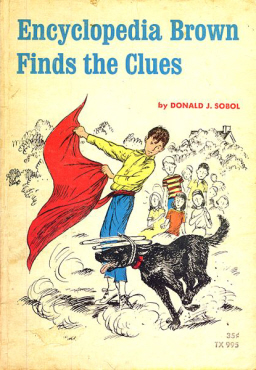
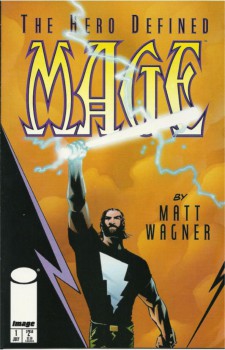 Matt Wagner began writing and illustrating the first Mage series in 1984 at the age of twenty-two. At the time, he was a relatively unknown creator struggling both to find his voice and make a place for himself in the comics industry. His subsequent work on Grendel and Sandman Mystery Theatre had garnered many awards and critical acclaim; but in interviews there was always the obligatory question of “When are you going back to Mage?”
Matt Wagner began writing and illustrating the first Mage series in 1984 at the age of twenty-two. At the time, he was a relatively unknown creator struggling both to find his voice and make a place for himself in the comics industry. His subsequent work on Grendel and Sandman Mystery Theatre had garnered many awards and critical acclaim; but in interviews there was always the obligatory question of “When are you going back to Mage?” A lot of writers I know are pretty good at self-sabotage. It’s not that writing is hard, exactly, except that it is. Physical labor and exercise isn’t required, and it sure doesn’t look like you’re doing much when you’re
A lot of writers I know are pretty good at self-sabotage. It’s not that writing is hard, exactly, except that it is. Physical labor and exercise isn’t required, and it sure doesn’t look like you’re doing much when you’re